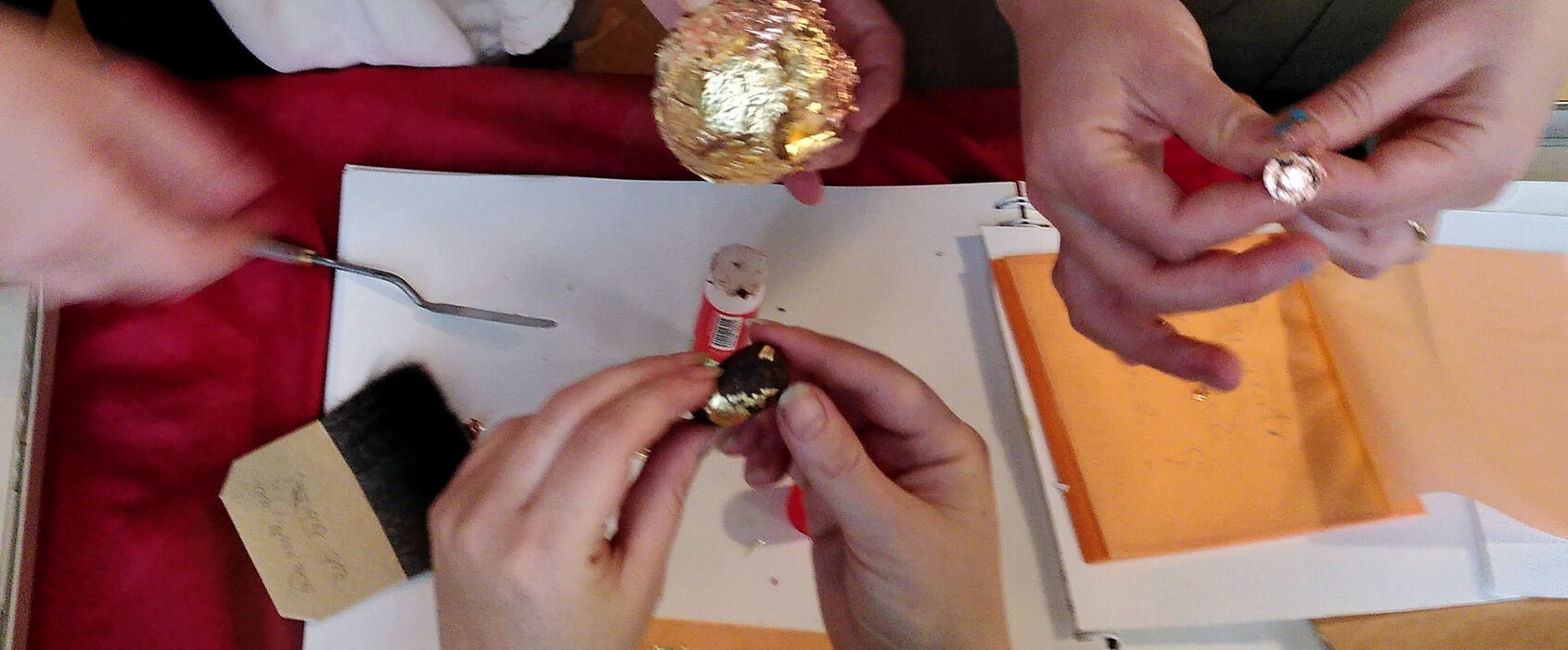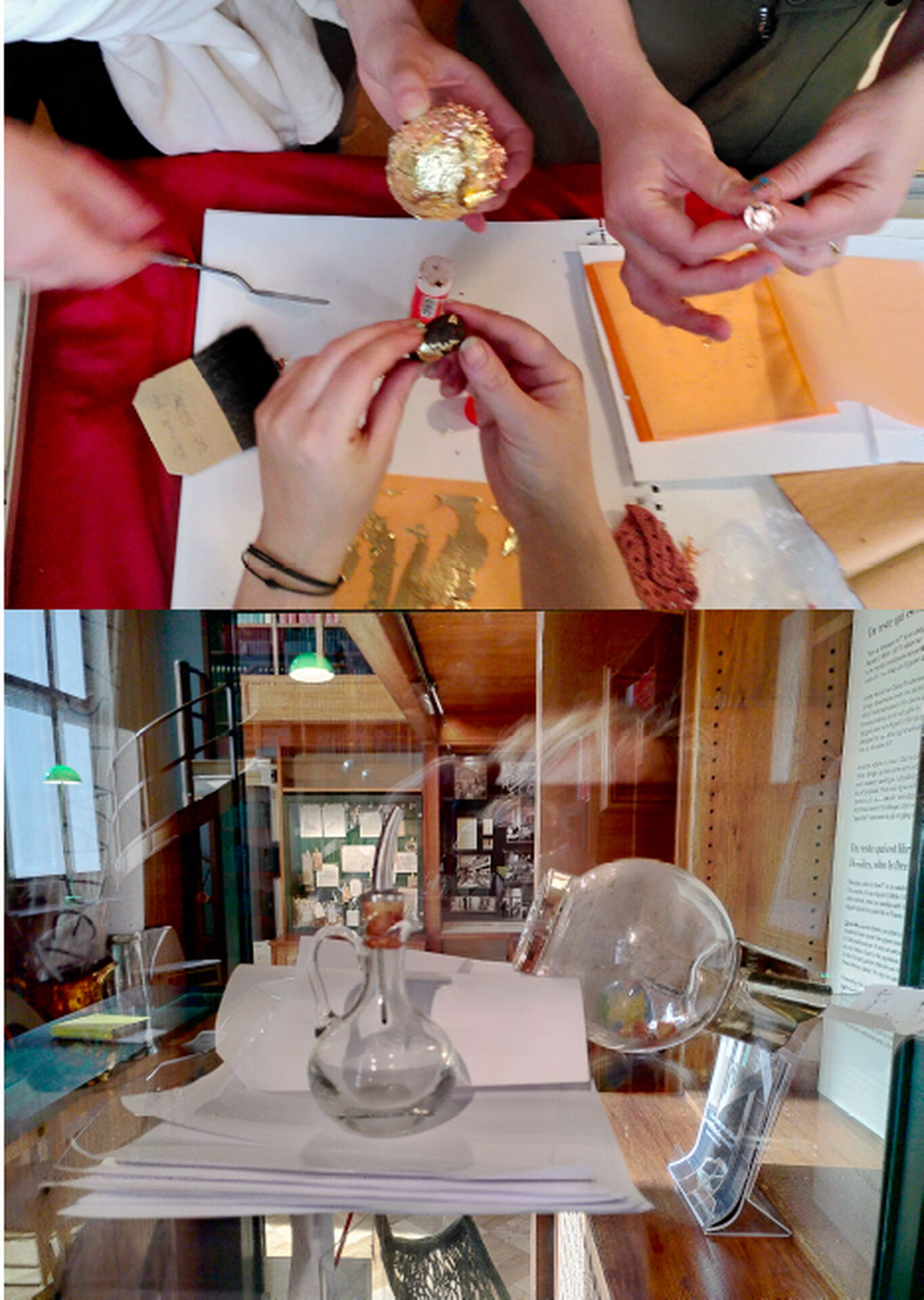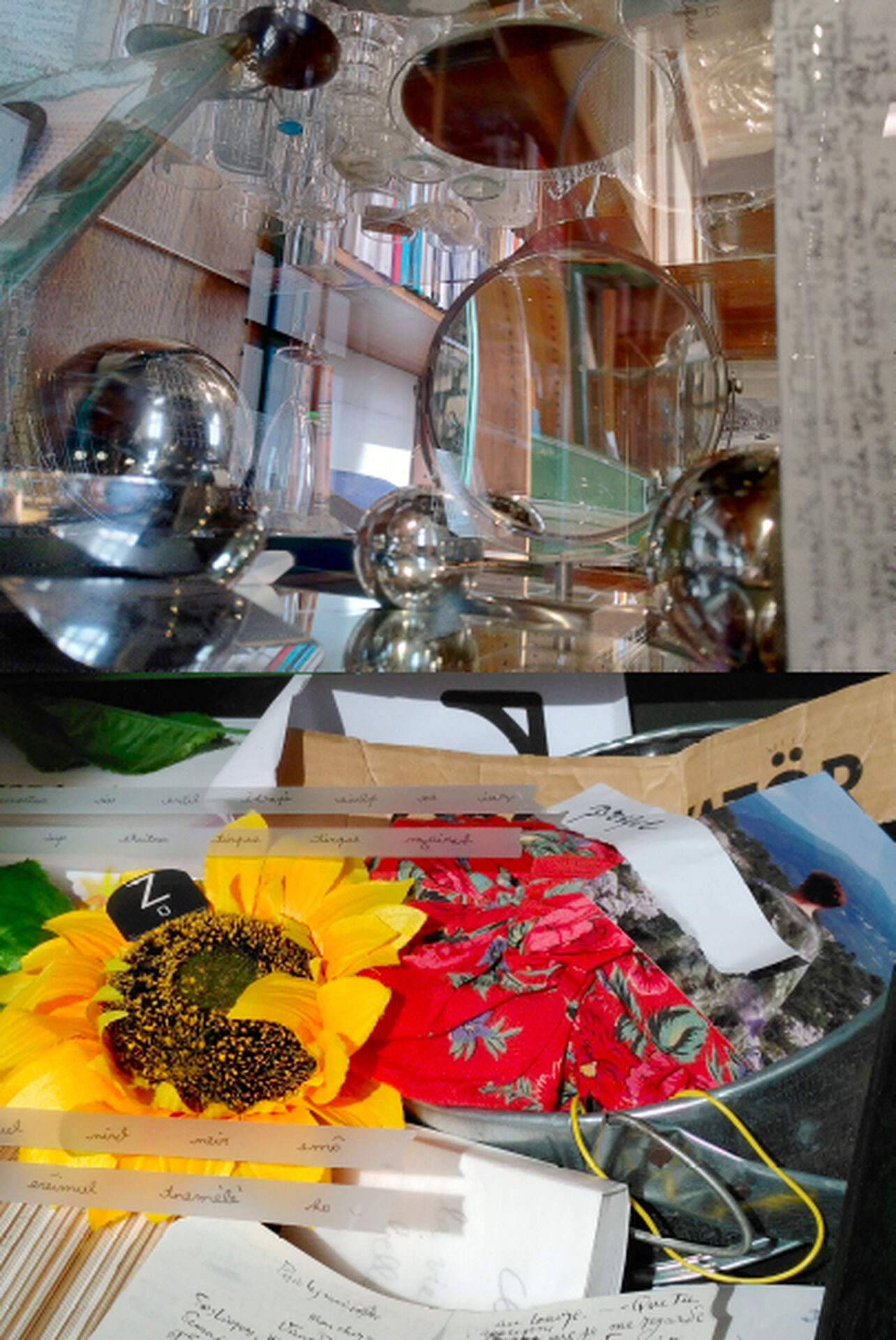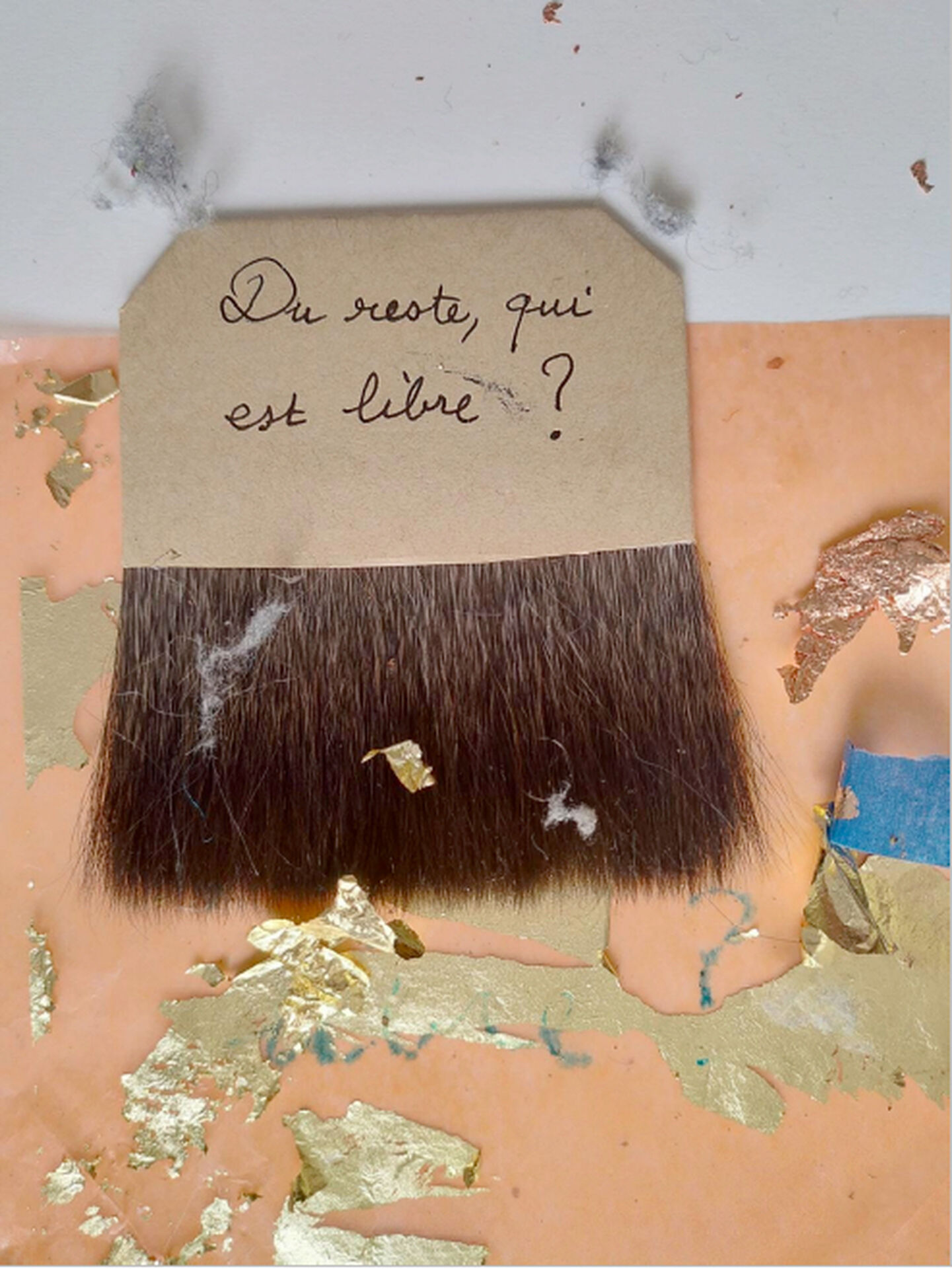“Besides, who is free?” is an exhibition that explores one of the most remarkable artists of the early 20th century. The works of Ivan Aguéli (1869–1917) have inspired generations of Swedish painters. Through 29 of the artist’s letters, a story of an “Aguélian” journey is formed.
Aguéli’s paintings are often shown, though few are familiar with his extensive body of written work – including articles and correspondence. Since Aguéli spent his adult life in France and Egypt, most of it is in French, making it less accessible to Swedish readers.Claire Roudenko-Bertin, an artist and professor at École Nationale Supérieure d’Arts de Paris-Cergy, and her art students have spent five years reviewing and processing the French part of Aguéli’s personal archives, which belong to Nationalmuseum. It was an astonishing experience for the young artists to read his correspondence, so rich with life, art and ideas. Due to the pandemic, the past year’s work has focused on the twenty-nine letters Aguéli wrote in 1894 to the Finnish painter Werner von Hausen, while detained in Paris on charges of associating with anarchists. In one of these letters, dated 14 July, he asks a question that has renewed poignancy today: Besides, who is free?
Presenting this project in the Old Library that was created by the artist and museum director Richard Bergh is particularly apt. Bergh was the only museum official who acknowledged Aguéli during his lifetime by acquiring one of his paintings for the collection. The exhibition includes pieces by students and other artists who have contributed in various ways to the project. With her own works, Roudenko-Bertin sets the overall structure for the exhibition and the formal and conceptual links that allow space for each and everyone within the totality. The idea was never to illustrate the archive’s documents, but to respond to them with art. This exhibition presents the story of an “Aguélian” journey that is at once both individual and collective.



